|
Avignon has a romantic beauty that captivates thousands of visitors each year. |
Church-style architecture
Avignon is a city in France, located in the Provence-Alpes-Côte d'Azur administrative region. From 1309 to 1377, seven successive popes lived in Avignon. Pope Clement VI then bought the town and controlled it until 1791, when the French Revolution broke out, Avignon officially became part of France. The beauty and charm of the ancient architecture that is still preserved intact to this day, along with the ups and downs of its history, have made this citadel recognized by UNESCO as a world cultural heritage since 1995.
The Palais des Papes is a prominent Avignon Gothic structure, built from 1334 and took 30 years to complete. It was the residence of the Western Popes during the 14th century. The palace has a strong wall surrounding the main buildings used for meetings, ceremonies and private activities. In 1995, the Palais des Papes was recognized by UNESCO as a World Heritage Site.
Today, the palace is a popular tourist attraction, with an estimated 650,000 visitors a year. It is also the city's major convention center, hosting many meetings, and houses the archives of the Vaucluse region, including a major research center on the Avignon Papacy, hosted by the École française de Rome.
Christ Church (Cathédrale Notre-Dame-des-Doms) was built in the Middle Ages, with a special location on the top of the city's hill. The architecture of the church is a combination of Romanesque and Gothic styles. Inside are columns and high arches with elaborate carvings. In particular, from the height of the church, you can check-in with the whole city to commemorate your trip to Avignon.
Pont Saint-Bénézet, which spans the Rhône River in Avignon, is a famous bridge that dates back to the Middle Ages. For many years, it was an important bridge for trade between the former Roman Empire in Southern Europe and other regions.
According to legend, it all began when Bénézet, a 12-year-old shepherd boy from the Ardèche region, arrived in Avignon in 1177. He received a divine command from heaven to call for a bridge to be built in Avignon. He proclaimed this divine command and was immediately ridiculed by the inhabitants. The Avignon rulers of the time ordered Bénézet to pick up a rock and throw it into the Rhône River. With divine help, Bénézet lifted the rock and threw it into the river. It was the first stone that laid the foundation for the bridge.
Peruse Les Halles Market, a famous place not only for tourists but also for locals to shop and enjoy food . The spacious interior with many stalls selling all kinds of fresh food and traditional local dishes. In particular, at 11am every Saturday, a famous chef will come to perform special cooking performances using ingredients from the Provence region.
Special festivals
Avignon is a city famous for its many unique festivals, of which the "Festival of Avignon" (International Theatre Arts Festival) held every July is certainly one that cannot be missed, attracting about 8,000 participating artists and more than 70,000 visitors from all over the world.
The Festival of Avignon originated from the idea of French director Jean Villar, was first held in 1947 and was highly appreciated in Europe. Later, with its wide spread, the Festival of Avignon became one of the largest stages in the world with hundreds of performances of traditional art forms such as puppetry, musicals, drama or contemporary dance.
Avignon is also home to the Wine Festival, one of the most important festivals of the people here to express the hope of producing the best wine barrels. The Wine Festival takes place every year in August. During the festival, people can dance and dance all night, followed by a parade. Around this time, the streets of Avignon are filled with the aroma of red wine, rosé wine and pressed grapes. All the vineyards in the area will open on the last Saturday of the month to welcome visitors.
ORIGINAL
Source: https://baobariavungtau.com.vn/du-lich/202502/avignon-trai-tim-cua-xu-provence-1034316/








![[Photo] Cat Ba - Green island paradise](/_next/image?url=https%3A%2F%2Fvphoto.vietnam.vn%2Fthumb%2F1200x675%2Fvietnam%2Fresource%2FIMAGE%2F2025%2F12%2F04%2F1764821844074_ndo_br_1-dcbthienduongxanh638-jpg.webp&w=3840&q=75)
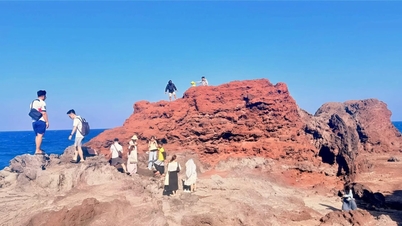



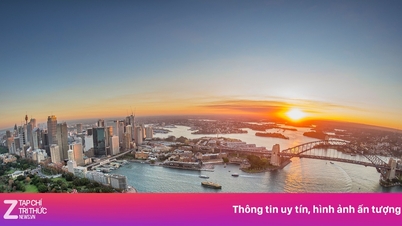



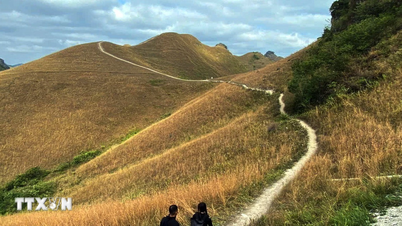




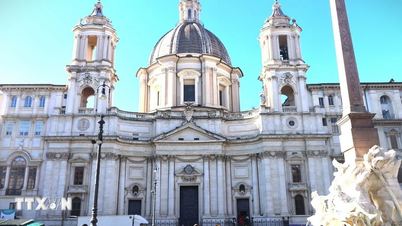
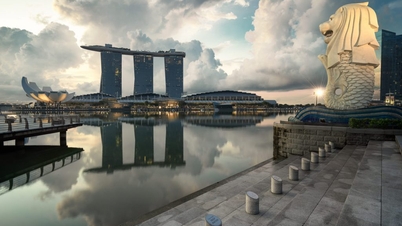

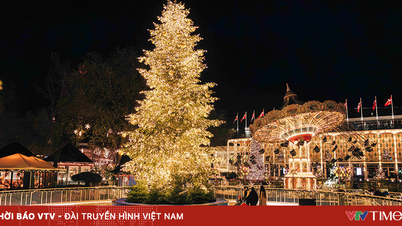
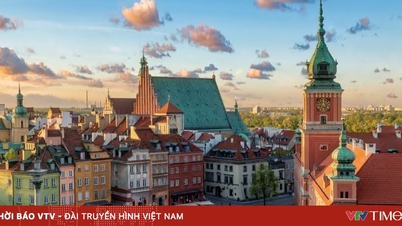









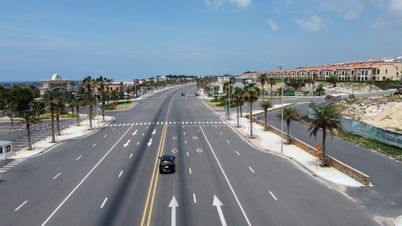



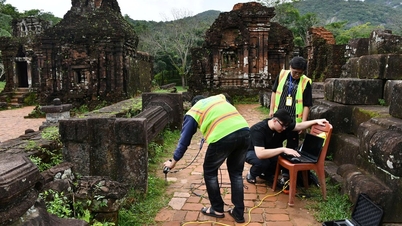

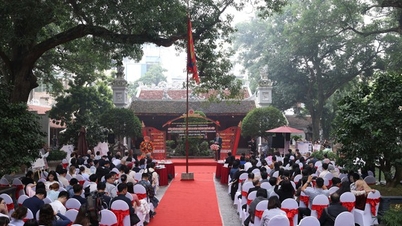












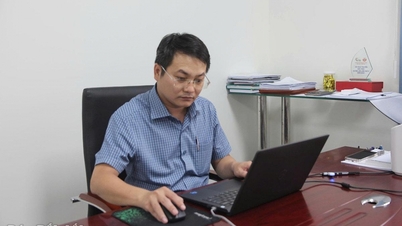
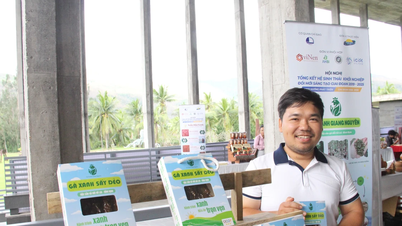



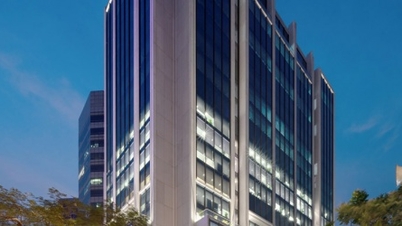

![[VIMC 40 days of lightning speed] Hai Phong Port determined to break through, reaching the target of 2 million TEUs by 2025](https://vphoto.vietnam.vn/thumb/402x226/vietnam/resource/IMAGE/2025/12/04/1764816441820_chp_4-12-25.jpeg)






















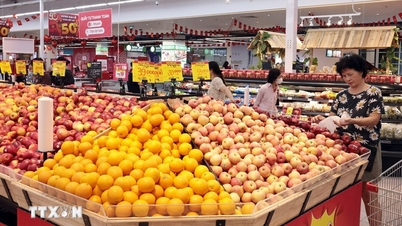

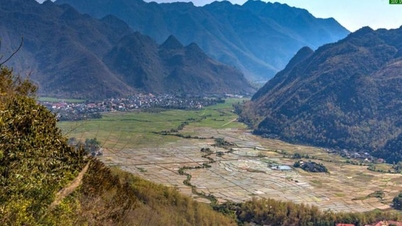





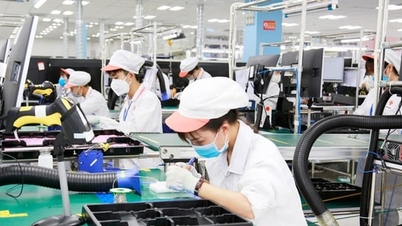

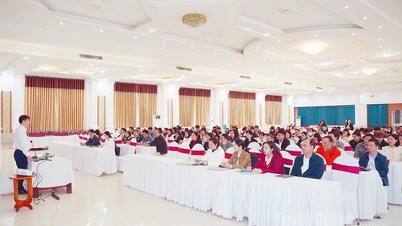

![[Photo series] Panorama of Long Thanh Airport before inauguration day](https://vphoto.vietnam.vn/thumb/402x226/vietnam/resource/IMAGE/2025/12/04/1764822152985_anh_8_20251204103350_20251204110421.jpeg)















Comment (0)